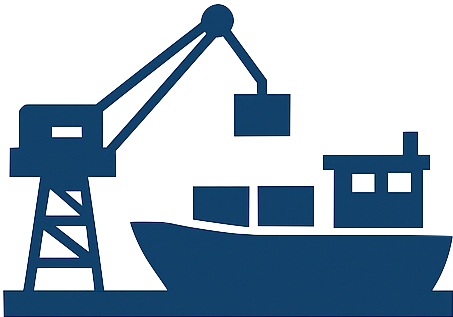Harbour
A sheltered body of water where vessels can anchor or dock, offering protection from the elements, often also where ports are, providing facilities for loading, unloading, and maintenance.
A harbour is a crucial feature in maritime activities, designed to provide a safe and secure area for ships, boats, and other vessels to anchor or dock. It is typically situated along a coastline, river, or estuary, where natural or artificial barriers, such as breakwaters, jetties, or sea walls, help to shield the area from the direct impact of waves, tides, and wind. This protection is essential for ensuring the safety of vessels, particularly during adverse weather conditions. Harbours can vary significantly in size and complexity, ranging from small, local fishing harbours to large, commercial ports that handle international shipping traffic.
In addition to providing a safe anchorage, harbours are often equipped with various facilities to support maritime operations. These may include piers, wharves, and docks for mooring vessels, as well as cranes, warehouses, and other infrastructure for loading and unloading cargo. Many harbours also offer services such as refuelling, repairs, and maintenance for vessels. In some cases, harbours may serve as hubs for passenger transport, with ferry terminals and cruise ship berths.
Harbours play a vital role in global trade, fishing, and recreational boating, acting as key points of connection between land and sea.
What’s the difference between a Harbour and a Port?
Harbour
A harbour is a sheltered body of water where ships can anchor or dock safely. It’s more about the geography and protection from waves, wind, and storms.
Think of a harbour as the “car park” for ships—it’s where they can rest and stay safe.
Port
A port is a facility within a harbour (or along a coast) that has the infrastructure to support commercial or recreational shipping operations.
So a port is what you use, and a harbour is where you use it.
Port

Harbour

Quick Analogy:
Imagine a harbour is like a garage, and the port is the service station inside—one provides shelter, the other provides services.


